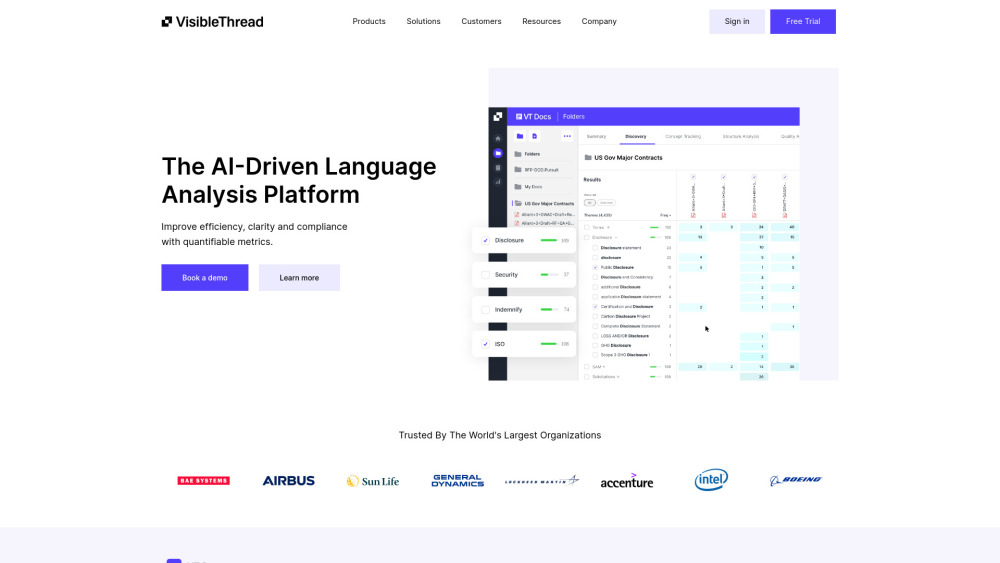Generative AI is revolutionizing the landscape of content production, delivering significant efficiency, cost savings, and innovative opportunities in copywriting. By rapidly producing vast amounts of content, ranging from social media posts to product descriptions and blog articles, businesses can maintain a strong online presence with minimal human involvement. This remarkable capability allows organizations to conserve time and cut costs, resulting in a transformative shift in content creation economics.
However, this dramatic transformation extends beyond just well-intentioned businesses and creative professionals. It presents new challenges as malicious actors—both domestic and foreign—exploit generative AI to spread biased content. Their nefarious activities often aim to manipulate elections, engineer social narratives, or disseminate fake news. Previously, these bad actors faced challenges such as conducting research, mastering language skills, and dedicating time to copywriting. With the advent of generative AI, they can now produce high-quality content in multiple languages at an alarming scale.
### The Learning Loop of Generative AI
To comprehend the risks associated with this rapid content generation, we need to explore the learning loop inherent in generative AI. The process begins with downloading vast amounts of online content, including websites, blogs, articles, and social media. This data serves as the basis for training the generative AI model. Once trained, the model produces and disseminates new content across various platforms. This newly generated content is subsequently downloaded, perpetuating the cycle.
The complications arise when biased content infiltrates this loop. If a small group of unscrupulous actors generates bias-laden content, the AI model learns from this problematic material, perpetuating and amplifying bias. Consequently, even well-meaning individuals employing standard prompts risk inadvertently producing biased content, thus creating a self-reinforcing cycle of misinformation.
### Strategies for Mitigating Bias
To counteract this alarming situation, three intervention strategies can be implemented:
1. **Filtering Biased Data**: Ensuring that training data is devoid of bias is crucial. If the input data is unbiased, the model will be less likely to generate biased output.
2. **Prompt Blocking**: Implementing a filtering mechanism that blocks user prompts likely to yield biased content can help maintain the integrity of the model’s outputs.
3. **Content Filtering**: Developing systems capable of identifying and blocking biased generated content before it reaches users is vital.
Yet, filtering presents significant challenges. Unlike traditional machine learning, which relies on structured inputs and static outputs, generative AI operates in a more fluid and open-ended manner. This variability complicates the identification of biased content, particularly when dealing with nuanced topics.
Consider a predictive model used for evaluating credit card applications. Its goal is to ensure equitable predictions; for example, similar applicants of different genders should receive the same approval probability. This is manageable with structured data. However, applying similar fairness principles in the realm of generative AI is complex. When assessing a prompt like "Professor Hewett started teaching class and," maintaining gender neutrality in generated completions while remaining contextually appropriate poses a significant challenge.
To tackle this, we might need to employ guardrail models that can assess the bias level of content. These models rely on human-annotated datasets, requiring comprehensive analysis of generated text to determine bias—a task that is complex and labor-intensive.
### The Role of Watermarking
As we navigate this landscape, how can we safeguard against the potentially harmful effects of AI-generated content? One promising approach is watermarking. Watermarking is more straightforward in image generation, involving the subtle integration of identifiers within images. When it comes to text, however, the process becomes intricate.
For instance, using a foundational sentence like "A long time ago in a galaxy far, far away," we can gather data on how the next words are selected. By applying a method wherein the algorithm generates content using predetermined "green" and "red" lists of words, we can distinguish between human and AI-generated text. A high occurrence of "red" list words would indicate human authorship, while the absence of these markers would suggest AI generation.
While watermarking proves challenging, it remains a feasible solution. Developing systems to detect AI-generated text offers another potential avenue for mitigation. By training models that differentiate between human-written and AI-generated text, we can better assess the integrity of content, although this approach also faces challenges due to the evolving nature of generative technology.
### Conclusion
We find ourselves in the midst of a transformative experiment precipitated by generative AI, which holds the potential for unprecedented productivity across various spheres. Nevertheless, this innovation carries risks, with the possibility of technological misuse by malicious actors seeking to exploit society at multiple levels. To protect against these ramifications, immediate steps such as watermarking AI-generated content are essential. In the long run, we must continue investing in methods to detect and manage unmarked AI-generated text, ensuring that the integrity of information remains intact.




